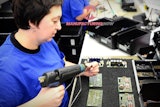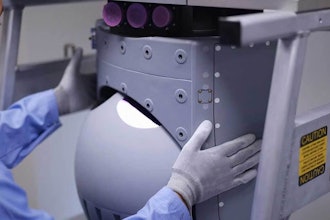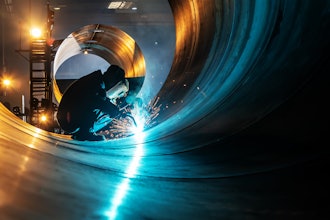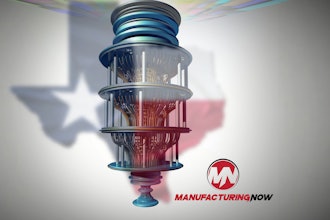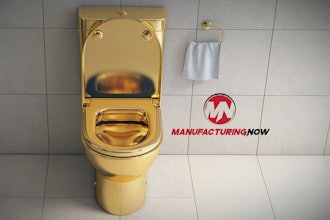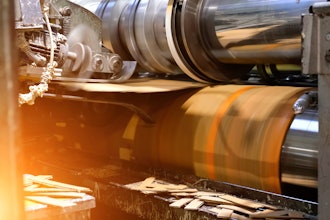
“OSHA Finds Flooring Manufacturer Required Workers to Stand on Forklift Tines”
“Another Fatal Accident at Troubled Tank Cleaning Business”
“Investigation into Worker's Death Finds Pallet Manufacturer Failed to Train Employees”
These are just a handful of the top headlines on our website in recent months. And while IEN.com covers a variety of topics relating to industrial manufacturing and design, safety incidents tend to get a lot of attention. Shock factor aside, we feel it’s important to share it when these incidents take place as a reminder that you can never be too vigilant when it comes to safety.
And in each incident, the response from our readers – and our editorial staff – seems to be the same: why is this so hard?
Having an embedded safety culture has proven to be an elusive goal across many business sectors, to be sure, but manufacturing may have the most to lose. Not only must we handle rotating equipment, chemicals and the like – but there’s also a reputation to uphold.
Or, rather, a reputation to confront.
Deloitte says fewer than 5 in 10 Americans surveyed “believe manufacturing jobs are interesting, rewarding, clean, safe, stable, and secure.” So it stands to reason that every time an industrial accident makes the news, that impression is reinforced.
As we approach the Fall, we’re fortunate enough to find ourselves in one of the “even” years that will feature an IMTS conference and expo in Chicago. In a day-and-age where trade shows have largely scaled back in response to the power of the Zoom meeting, the International Manufacturing Technology Show still brings a massive, face-to-face event with tens of thousands of attendees.
IMTS also allows for producers of industrial technology to showcase their newest and most advanced products, often for the first time. These include everything from cutting edge software and 3D printers to robotics, machine tools, and more (see more on page 16 for an event preview).
I’d encourage you to explore and implement as much advanced technology as your business – and budget allows.
But there’s a step two. No equipment implementation can function effectively without training and no training program is complete without reviewing your operation for safety risks. And while you might feel the risks are few and far between, the truth is that there are many basic components that are being missed on a regular basis.
Consistently in the top 10 of the annual list of most common OSHA standard violations are two highly related infractions: those relating to control of hazardous energy (lockout/tagout) and, also, machine guarding.
And while we’re at it, other common OSHA violations that recur each year relate to:
- Fall protection
- Eye and face protection
- Powered industrial trucks
- Respiratory protection
- Hazard communication
Personally, I think the fact that this list does not change much year-to-year doesn’t reflect the inherent dangers of these categories so much as it suggests our industry isn’t doing much to improve its practices.
And if the plan is to enhance the technology at the heart of our plants, we will see some processes get safer. Often sophisticated technology is incorporating the sensing devices and emergency stops that can offset incidents – but no piece of equipment can ever fully design out each and every safety risk.
And for companies that are implementing new systems, the risks will be even greater at the bottom of the learning curve. Let us not forget too, as Baby Boomers retire at the fastest rate in history, that onboarding new talent represents a fresh opportunity for any business whose safety culture is … less than stellar.
There’s a big gap between the average manufacturer and the above headlines, surely, but it doesn’t take much to find yourself in a situation where the impacts can’t be reversed. And as the top automation and technology equipment hits the market and, subsequently, your factory floor, consider it the perfect time to also review your operation for the kinds of safety gaps that could put your employees – and your new investment – at risk.
